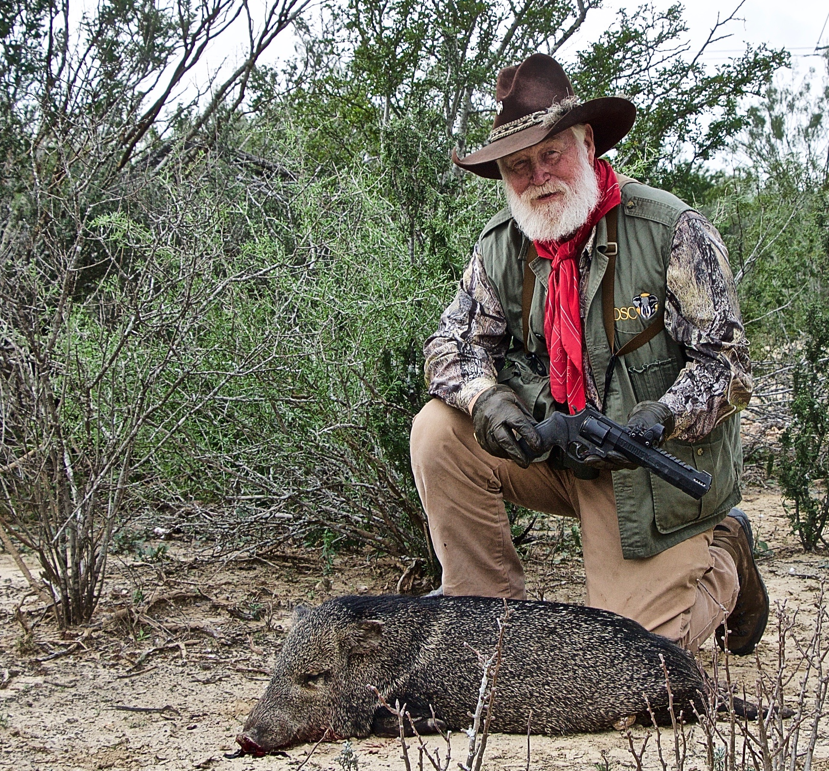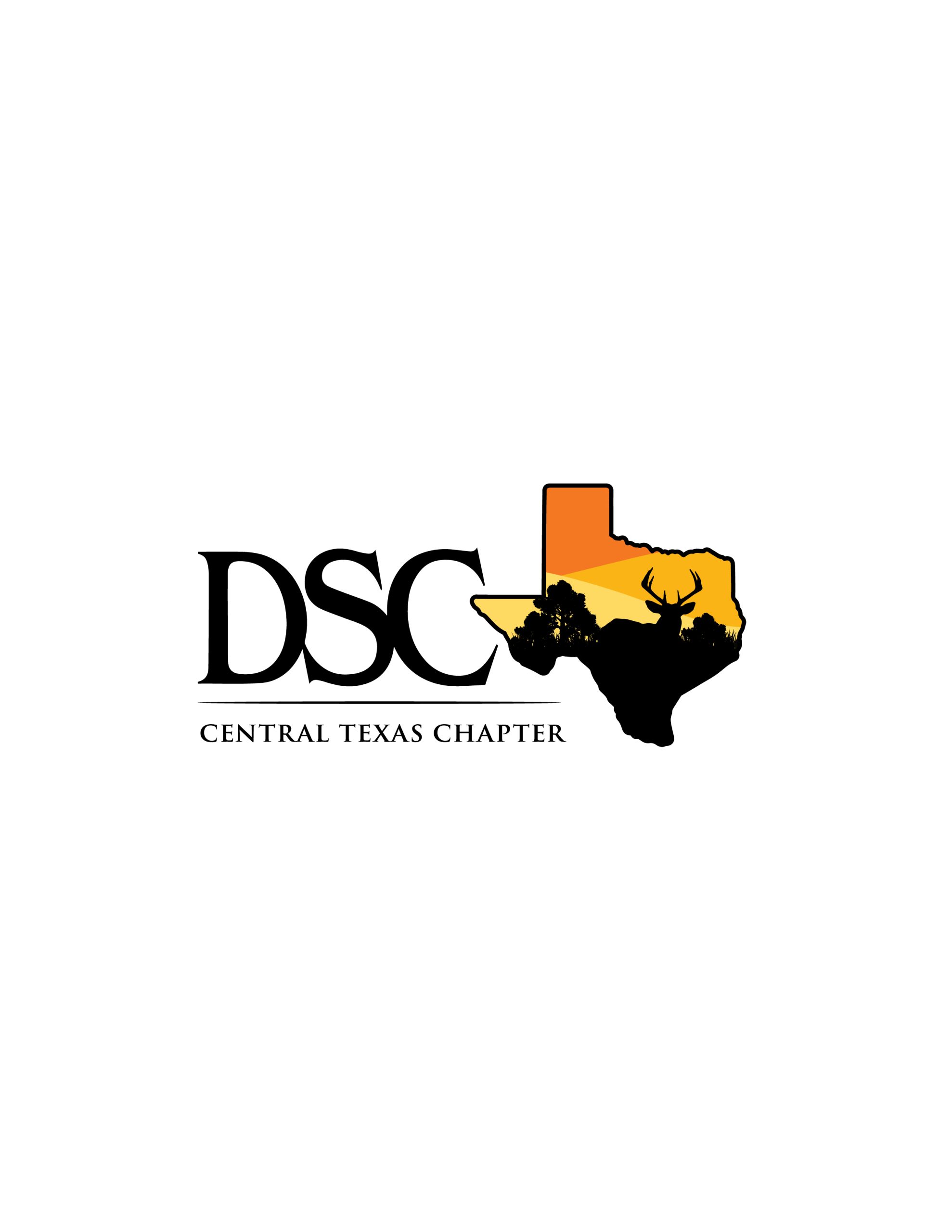The coronavirus pandemic has brought new attention onto wildlife trade and markets. But, the concerns are not only that a wildlife market ban would be costly to both people and wildlife, but also that the true driver of the emergence of infectious diseases is being completely overlooked.
A new study in World Development Journal recognizes the “urgent need to tackle” the areas that pose threats to human health, conservation, and animal welfare standards, but emphasizes that an outright ban would go beyond mitigating those risks and, in fact, lead to “undermining human rights, damaging conservation incentives and harming sustainable development.”
But beyond all these concerns, researchers call to attention that the true “driver of the emergence of infectious diseases is habitat destruction, largely driven by agricultural expansion and deforestation, and industrial livestock production.”
The scientists from University of Oxford, Resource Africa, and IUCN Sustaibable Use and Livelihood Specialist Group break these misconceptions down into some very clear topics to show a shift in how society view’s the global food system and conservation eddorts. However, as a whole the overriding theme is that local people must be at the heart of policy shifts.
Some of the concerns of banning wildlife markets and trade include:
- Food security negatively effectly for already vulnerable groups of people, particularly the millions in developing countries
- Conservation risks of markets going underground, making them harder to regulate
- Trade bans remove incentives for local poeople to protect species and the habitat they need
Key reasons on how bans affect poverty, human rights, conservation and sustainable development:
- Bans can affect billions of livelihoods
- “Wildlife trade is a vast and complex business that involves a bewildering array of plants, animals and fungi, delivers multiple products.” While some people may know it only as a corrupt system for wealthy individuals to obtain illegally-made products, it is also a legal system where many rural people in developing countries or Indigenous Peoples and local communiteies (IPLCs) find food security. These people rely on the markets for trading resources, “with the sales of wildl meat acting as one of the few sources of cash outside of crop-harvesting season.” The reliance on these markets is likely to increase based on the economy situtaion.
- These bans violate the local people’s rights as definited by teh UN and other international laws. “The rights of people to own, manage and use their traditional lands and natural resources, and to participate in political and policy
processes that affect their rights, are upheld in international and national laws, as well as in UN Declarations and Resolutions including the 2018 UN Declaration on the Rights of Peasants and Other People Living in Rural Areas (Human Rights Council Resolution, 2018).
- Bans can worsen conservation risks
- It has been observed during several other sudden, outright bans that the activity just continues underground, which was documented about the Ebola outbreak. When the demand remains, and the supply moves underground, the price increases, making it a tempting choice for peoples desperate for income.
- If the suggestion is to increase livestock consumption, it heads into dangerous territory as that is the actual key driver of emergence of infectious disease, “as people and their livestock come into ever closer proximity to wild species and pathogens.”
- Wildlife trade can be positive for both conservation and development
- Uncontrolled and unregulated trade can pose threats to conservation, but that is a small fraction of the wildlife trade around the world. Banning the successful markets is likely to have negative conservation effects.
- “In many cases, sustainable wildlife trade can provide key incentives for local people to actively protect species and the habitat they depend on, leading to population recoveries. This has been seen for a wide diversity of species:
- harvesting of saltwater crocodiles in Australia forleather (Fukuda et al., 2011)
- the Amazonian pirarucu – the world’s largest freshwater fish – for meat and leather (Campos-Silva & Peres, 2016)
- the emergence of game ranching has led to large-scale reclamation of livestock areas into wildlife habitat (Carruthers, 2008)”
- Wet markets are not the same as wildlife markets
- “Wet markets are simply food markets, which sell a range of fresh produce: fruit and vegetables, fish, livestock and, sometimes, wildlife. The range of produce varies from market to market, and day to day.”
- “Such markets underpin the informal food systems on which millions of urban and rural people depend.”
Suggestions for more effective approache to reducing pandemic risk:
- Regulated Market Approaches
- Action should be targeted towards tackling those specific areas of trade which carry major risks for conservation or human health.
- High-risk markets include those with live organisms living and dying in close proximity to each other in poor welfare conditions (bats, rodents, and primates tend to be included here)
- Reversing Land Use Change for Industrialized Agricultural Expansion
- “An end to subsidies that incentivise the expansion of large agribusinesses”
- “Shift of support to smallholders and to the mainstreaming of agroecological practices that maintain biodiversity and natural habitat”
- A Transformational Policy Shift
- “If we are to move to a more sustainable, less risky, relationship with nature following COVID-19, the following
actions are required:I- Increased, democratic space for meaningful engagement of local people in national and international decision-making about nature conservation. While lip service is paid to the need to respect local knowledge and local livelihoods, local people’s voices remain largely absent from international and national policy forums and from Western NGO campaigns.
- More devolution of rights, proprietorship and authority to manage natural resources at the local level. Many governments have progressive policy documents but lack political will to genuinely hand over power (Cooney, Roe, Dublin, & Booker, 2018).
- More finance delivered to the local level. Much funding for nature conservation and climate change is captured by international agencies and national governments. Mechanisms are needed for ensuring these funds reach the local level and can be utilized to support local action and local priorities. This could start with more equitable distribution of COVID-19 recovery funds.
- More investment in diversified and resilient local nature-based economies that reflect local priorities – for example, those that promote multi-functional landscapes that support healthy wildlife and livestock, with sustainable agriculture.
- Collaborative partnerships between communities, government and the private sector to develop and deliver solutions that address common concerns. There are examples that have emerged to address immediate conservation challenges associate with COVID-19 but which also have the potential to deliver sustainable and equitable landscape-scale conservation into the future (e.g Kaelo, Sopia, Bell, Diggle, & Nelson, 2020).
- “If we are to move to a more sustainable, less risky, relationship with nature following COVID-19, the following
[button link=”https://www.biggame.org/wp-content/uploads/2020/08/Beyond-banning-wildlife-trade-COVID-19-conservation-and-development.pdf” newwindow=”yes”] Read the full World Development journal article here.[/button]



